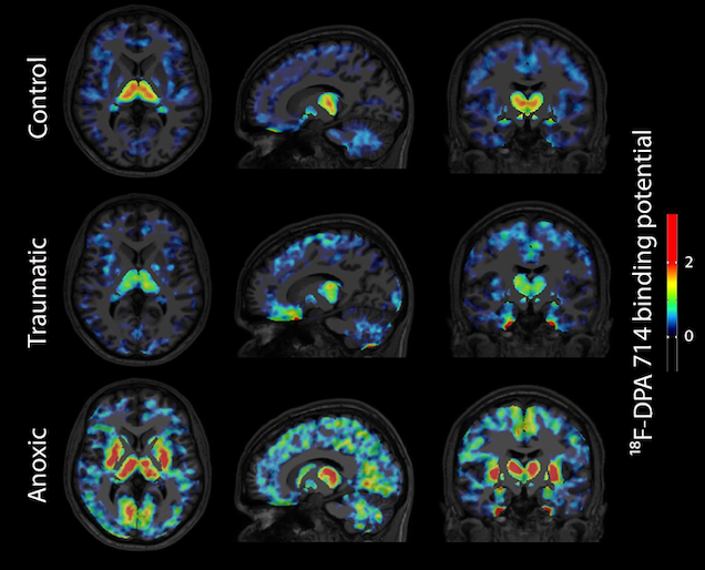Actualité
Orientation visuelle plus rapide chez les enfants atteints de TSA
- Recherche,
- Santé-Sciences-Technologie,
- Santé-social,

Projet de recherche collaborative dirigé par le Prof. Magalie Batty (CERPPS, Université de Toulouse, Toulouse, France) et le Dr. Marianne Latinus


